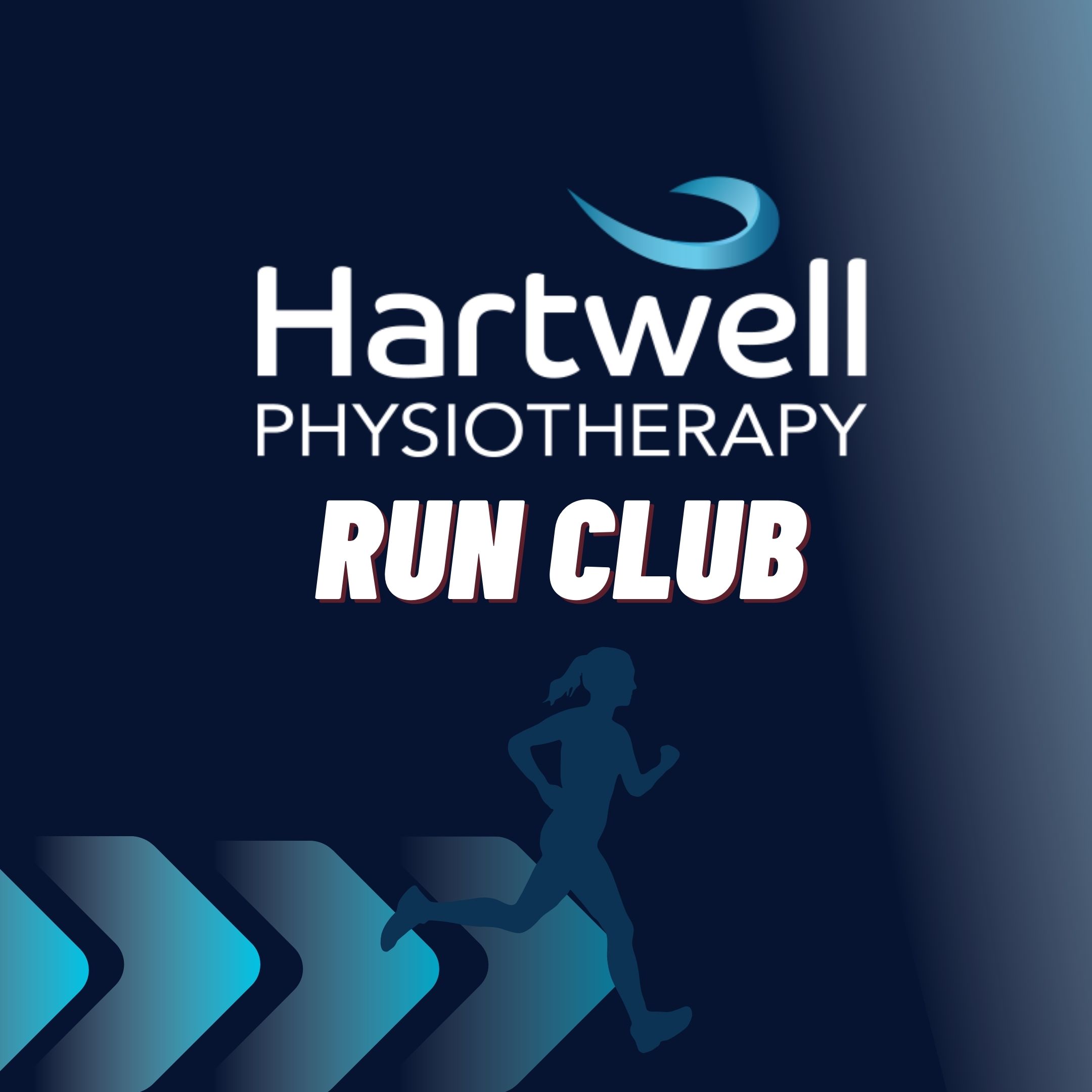
RUN CLUB BLOG: RUNNING MYTHS PART 1
1. Running is bad for your knees/causes arthritis
This is a common deterrent for those who are thinking about running. A significant proportion of research suggests that running does not increase degeneration of the knee or leads to an increase in injury risk. Rather, the opposite is true, by running and using our muscles and challenging our joints to cope with the demands, positive adaptations occur that increase the health of the knee. This is especially the case for people with knee arthritis, as running is linked to a reduction in pain and inflammation.
When people get injured running, it is predominantly not the running itself, instead, it is normally due to improper technique, weakness in certain lower limb muscles or improper loading, where the body doesn’t have time to build up the capacity for the task required.
2. I don’t need to strength train if I am running
Running is a great way to build up our cardiovascular fitness, improve our mental health, and increase our muscular endurance. However, this alone will not get us stronger and by implementing a resistance training program alongside your running, you will increase your strength. This will not only help us build muscle, but also will help to reduce our injury risk that can occur with running as mentioned above.
3. You shouldn't run if you have a bad back/disc bulge
If you have sustained a lower back injury/disc bulge in the past, it is reasonable to expect that you would try to avoid re-injuring or flaring up that injury to escape the pain that it caused. Unfortunately, running often is placed into the “do not touch” category as a common misconception is that running is the cause. A large proportion of the time, back pain with running is due to weakness in the core muscles, which causes an anterior pelvic tilt with running, especially when fatigued. This can lead to some irritation of the lower back and stiffness which is not related to damage to the disc.
Recent evidence in 2017 by researchers at Deakin University showed that there was a significant increase in disc health in relation to size and height in those who run 20km< a week compared to sedentary individuals. This research highlighted that similarly like one would do an exercise to build a muscle, consistent exposure to load in the back through running can lead to positive changes in the strength of the disc.
Read on RUNNING MYTHS PART 2
Join Hartwell Physio Run Club HERE.
Your local Camberwell Physio.






